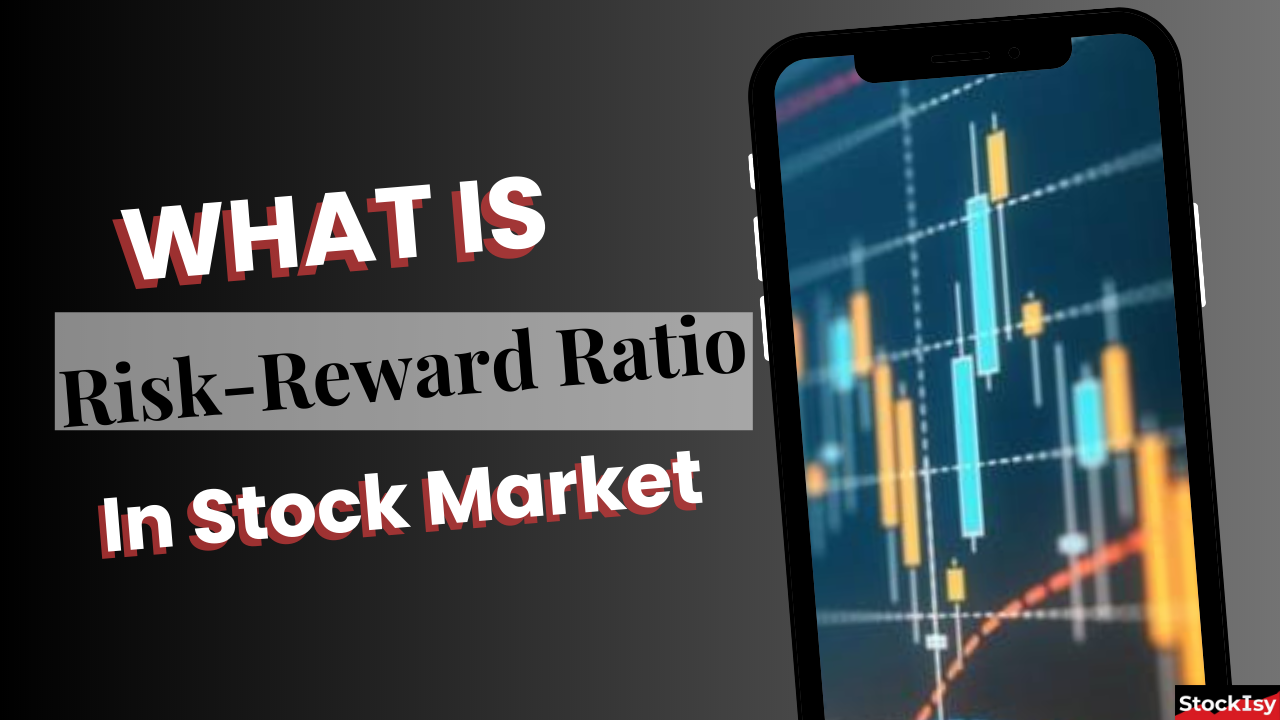In the ever-evolving world of cryptocurrencies, intraday trading has gained immense popularity due to its potential for quick gains. Crypto intraday trading involves executing trades within the same day to capitalize on short-term price fluctuations. Let’s see more about crypto intraday trading.
1. Introduction: Embracing the Crypto Intraday Challenge
The cryptocurrency market operates around the clock, presenting an exciting avenue for intraday traders to profit from rapid price movements. However, this volatility comes with challenges. By understanding the intricacies of intraday trading, individuals can harness its potential to their advantage.
2. Understanding Intraday Trading: What Sets It Apart?
Intraday trading, also known as day trading, stands apart from traditional investment approaches due to its short-term nature. Traders aim to capitalize on price fluctuations occurring within hours, minutes, or even seconds, making it a dynamic yet demanding endeavor.
3. Setting Up for Success: Preparing Your Trading Environment
Creating a conducive trading environment is crucial for success. Minimize distractions, ensure a stable internet connection, and set up a comfortable workspace to focus on market movements and analysis.
4. Research and Analysis: The Cornerstone of Informed Trade
In-depth research and technical analysis are essential before executing any trade. Familiarize yourself with the cryptocurrency’s historical data, trends, and news that might influence its value.
5. Choosing the Right Cryptocurrencies: Quality Over Quantity
Rather than trading numerous cryptocurrencies, focus on a few high-quality options. Familiarity with a handful of assets allows for better prediction of price movements and trends.
6. Technical Indicators: Unveiling Trends and Patterns
Utilize technical indicators like moving averages, the relative strength index (RSI), and Bollinger bands to accurately identify trends and potential entry and exit points.
7. Risk Management: Mitigating Potential Losses
Implement proper risk management strategies, such as setting stop-loss and take-profit orders, to prevent substantial losses during volatile market conditions.
8. Timing is Key: Mastering Entry and Exit Points
Timing plays a pivotal role in intraday trading. Enter and exit positions based on technical indicators and market trends, aiming for optimal profit potential.
9. Emotions in Check: The Psychology of Intraday Trading
Emotions can cloud judgment. Maintain discipline and emotional control, as impulsive decisions can lead to losses. Stick to your trading plan.
10. Staying Updated: News and its Impact on the Crypto Market
Crypto markets can be influenced by news events. Stay informed about industry developments, regulatory changes, and macroeconomic factors affecting cryptocurrencies.
11. Practice Makes Perfect: Utilizing Demo Accounts
New to intraday trading? Practice with demo accounts to familiarize yourself with the trading platform and refine your strategies without risking real funds.
12. Building Your Strategy: Scalping vs. Momentum Trading
Explore different intraday trading strategies like scalping (short-term rapid trades) and momentum trading (riding price trends), adapting them to your risk tolerance and preferred assets.
13. Learning from Mistakes: A Stepping Stone to Improvement
Losses are inevitable. Treat them as learning experiences, analyzing your mistakes to refine your strategy and decision-making process.
14. Compliance and Security: Navigating Regulatory Aspects
Be aware of the legal and tax implications of intraday trading in your region. Additionally, prioritize the security of your trading accounts and personal information.
15. Conclusion: Seizing Opportunities in Crypto Intraday Trading
Crypto intraday trading offers an exhilarating way to profit from the crypto market’s volatility. By combining thorough research, strategic planning, risk management, and emotional discipline, traders can navigate this fast-paced world with confidence and the potential for success.
FAQs (Frequently Asked Questions)
1. Is intraday trading suitable for beginners?
Intraday trading can be challenging for beginners due to its fast-paced nature. It’s advisable to gain experience through demo accounts and extensive research before diving in.
2. How do I control my emotions during trading?
Maintaining emotional control requires discipline. Stick to your trading plan, set clear entry and exit points, and avoid making impulsive decisions based on emotions.
3. Can I trade multiple cryptocurrencies in a single day?
While it’s possible, focusing on a few quality cryptocurrencies enhances your ability to predict price movements accurately.
4. What role does news play in crypto intraday trading?
News can significantly impact crypto prices. Staying updated on relevant news events helps you anticipate potential market movements.
5. Should I use leverage for intraday trading?
Leverage can amplify gains but also magnify losses. If you choose to use leverage, do so cautiously and only after thorough research and risk assessment.
Also Read | Stocks In Defence Sector







